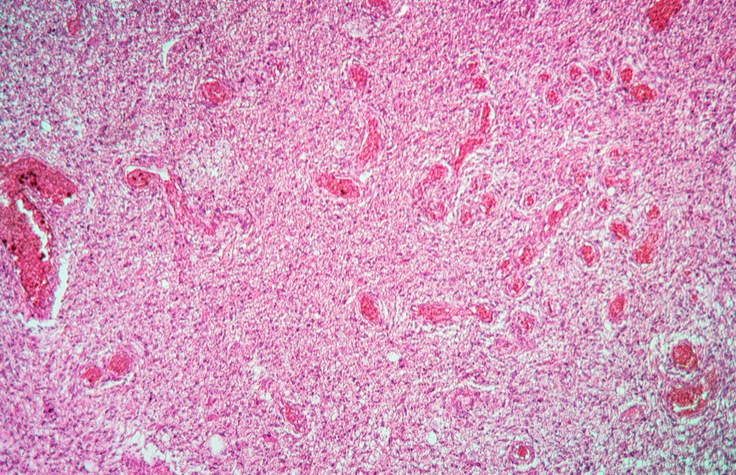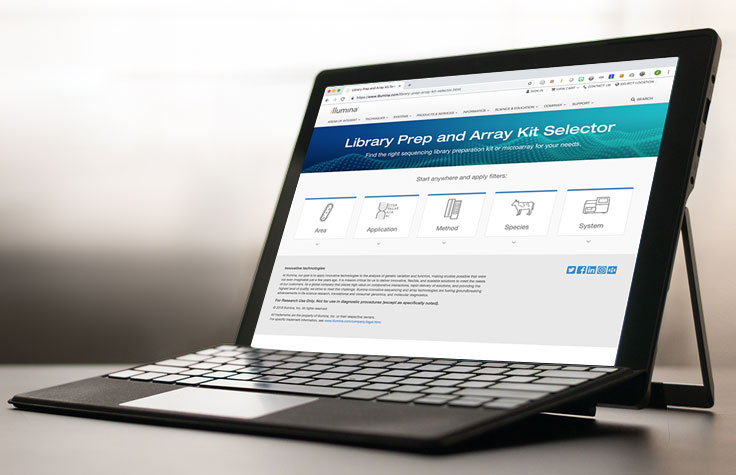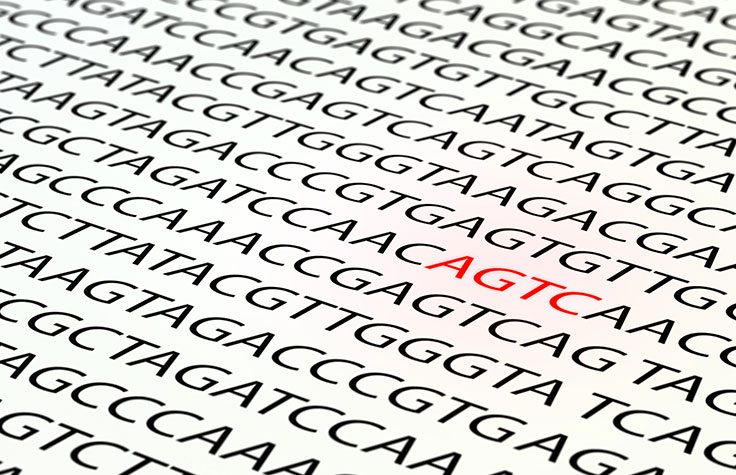Targeted Resequencing
Introduction to Targeted Sequencing
With targeted sequencing or resequencing, a subset of genes or regions of the genome are isolated and sequenced. Targeted approaches using next-generation sequencing (NGS) allow researchers to focus time, expenses, and data analysis on specific areas of interest. Such targeted analysis can include the exome (the protein-coding portion of the genome), specific genes of interest (custom content), targets within genes, or mitochondrial DNA.
Advance Your Research with the Methods Guide
This comprehensive guide covers a broad range of NGS methods, from targeted resequencing to RNA-Seq, targeted metagenomics, epigenetics, and more.
Fast, Affordable Sequencing With Focused Content
Key benefits of targeted resequencing include:
- Focuses on regions of interest, generating a smaller, more manageable data set
- Reduces sequencing costs and data analysis burdens
- Reduces turnaround time compared to broader approaches
- Enables deep sequencing at high coverage levels for rare variant identification
Compared to broader approaches, such as whole-genome sequencing, targeted resequencing is a more cost-effective method for investigating areas of interest. Targeted NGS methods enable researchers to detect a wide range of genomic alterations, from single nucleotide variants to insertions, deletions, and more. Targeted sequencing allows scientists to focus on regions that are most likely to be involved in the phenotype under study, conserving resources and generating a smaller, more manageable data set. Targeted approaches can also deliver much higher coverage levels, allowing identification of variants that are rare and more expensive with whole-genome or Sanger sequencing.

Using qPCR or Sanger sequencing today?
Find out how targeted sequencing can help you discover more.

How can I use NGS to analyze specific genes or DNA regions?
Explore common targeted NGS methods and how they differ. Key methods include:

How can I apply targeted NGS?
Discover, confirm, or screen genetic variants with targeted sequencing for various research areas, from cancer to microbiology and more.
Explore uses of targeted NGSFeatured Targeted Sequencing Workflow: Custom DNA Enrichment
This key method uses hybridization capture to enrich for specific genomic regions.
Content Selection
DesignStudio Assay Designer
Web-based custom assay design tool makes it easy to optimize for target region coverage.
Illumina Custom Enrichment Panel v2
Custom targeted enrichment sequencing panels designed for content of interest.
Library Prep
Illumina DNA Prep with Enrichment
A rapid, integrated library prep workflow for a wide range of applications, providing targeted resequencing with custom and fixed panels.
Illumina Cell-Free DNA Prep with Enrichment
Illumina Cell-Free DNA Prep with Enrichment Fast, flexible library prep for highly sensitive mutation detection from cfDNA samples.
Sequencing
NextSeq 550 System
Cost-effective solution for diverse applications, integrates array scanning and benchtop sequencing.
NextSeq 1000 and 2000 Systems
Expand throughput with fast, robust performance, onboard informatics, and XLEAP-SBS chemistry.
NovaSeq X Series
Our most powerful sequencer for ultra-high-throughput projects, featuring up to 16 Tb output and 26 billion single reads per flow cell.
Data Analysis
DRAGEN Enrichment App
An accurate, efficient end-to-end secondary analysis solution for targeted panel NGS data.
DRAGEN Somatic
Identifies somatic variants with sensitive detection of low-frequency alleles.
DRAGEN Germline
Highly accurate detection of a wide range of genetic variants.
Related Content
Genomic Surveillance
NGS supports effective genomic surveillance strategies to identify and track infectious disease threats. Targeted sequencing can be used to monitor zoonotic or respiratory pathogens.
Genotyping Techniques
Use cutting-edge genotyping approaches to explore a broad range of genetic variants, such as single-nucleotide variants and copy number variants, and gain insight into disease etiology on a molecular level.
Interested in receiving newsletters, case studies, and information on genomic analysis techniques? Enter your email address.
Additional Resources

Target Enrichment
Target enrichment captures genomic regions of interest by using hybridization to target-specific biotinylated probes.

NGS Panels in Brain Tumor Studies

Targeted NGS Empowers Genetic Insights







